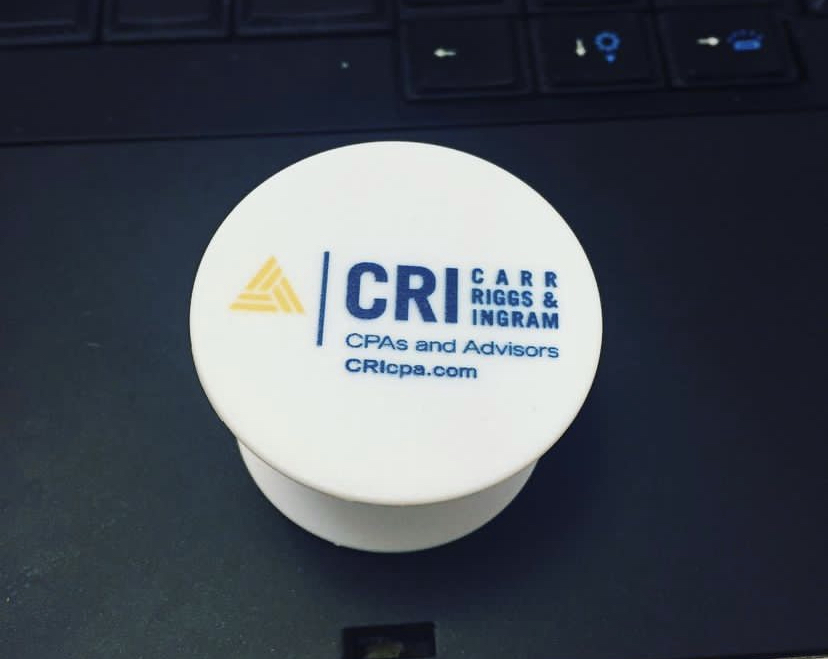As we head into mid-term elections, you might be wondering how you can attract politicians to your practice? Like them, you must campaign for their attention, with the right message that meets their needs when they want them met.
Here are some tips you can use to increase the awareness of your brand in politician’s minds.
Begin by developing a multi-prong marketing strategy that includes online marketing, social media, email efforts, and in-person activity. This is not a strategy that works overnight. It takes time, diligence, a great deal of effort.
Target Market
Take a deep dive defining to whom you want to market your services. Also, evaluate your current customer base—could they help you in this effort, or could they leave because of it? Why do they buy your services? Are there common characteristics between them and the target market you’re trying to reach (e.g., age, income, ethnicity, location, pain points, terminology, gender, family, etc.)? Who are your competitors targeting? Is there a niche within the market where you could focus your efforts, e.g., cause, gender, location, party, years of experience, etc.? Also, consider the target’s psychographics, such as personality, attitudes, values, interests, hobbies, lifestyles, and behavior. Do they align with our firm’s mission and values?
What’s your marketing message?
Break it down in to four parts:
- Tagline/headline – “The politician’s accountant of choice.”
- Slogan – “Accounting for Endless Possibilities.”
- Positioning statement – “For local and state politicians, [firm name] is an accounting and tax firm that helps you focus on the task at hand while coloring within the lines.”
- Description – “We work alongside local and state politicians to identify and adhere to relevant tax and accounting regulations through the campaign process and beyond.”
Social Media
Hashtags are prevalent across most social media platforms. How can you use them to your advantage to gain the prospects you want? Research your target markets’ campaigns to see what hashtags they are using; research dominate political hashtags on your social media platform of choice, for example, a term might be more powerful on Twitter than it is on YouTube. Use tools like Google+/Explore and Hashtagify.me to find relevant terms in your target market’s industry (not your own) and their relevance score by social media platform.
Now that you have hashtags, you’ll need creative for each platform where you’ll be posting content. Keep in mind, you’re going to post only on platforms your target market is using, for example Facebook, Instagram, Twitter, and YouTube, rather than LinkedIn. There are many free tools that provide pre-defined image-posting sizes for each platform along with templates. When choosing images, consider business images with groups of people versus one person, images that resonate with the candidate’s values/causes, and images that stir emotion, like family, healthcare, retirement, and military, etc.
Content posting can be tricky. Consider when your target market might be online most often – early mornings, evenings, and maybe midday. Facebook posts can be reused throughout the month, while Instagram posts should be reused less often. Twitter posts require more maintenance and could be done multiple times a day over a period of weeks/months.
Also, if you’re considering an informational video for your practice, post it directly on Facebook rather than linking it to your firm’s YouTube channel. It will get more visibility than if you just post a link from another platform.
Online Advertising
If your firm is not listed on Google or Bing’s free business pages, that’s a first step. Next, consider your marketing budget. How much are you willing to spend over a period of months to draw in clients? Rather than spending money on search ads, consider graphical or video ads placed on politically- and geographically-focused websites for your target market; it’s called managed placements on Google Ads. They are just as budget-friendly as text ads, but often have more impact and better return on investment. Lastly, social media ads can also be effective when targeting specific audiences.
Traditional Efforts
In addition to your online efforts, traditional efforts, can also increase your brand and draw in leads. Consider a postcard or email campaign that is very targeted with a link to a trackable call to action. For example, send a message about an event you’re sponsoring. In it include a link to a website landing page that has a short, registration form. If the link is memorable and short, it’s more likely to be clicked, e.g., “Register now, before we’re sold out! https://FirmName.com/SaveMySeat.” In-person presentations can also be very effective.
Creating A Process
The process takes a good deal of time, effort, energy, and sometimes money. You’re in this for the long haul, so start from the end goal.
- When is the campaign season in high gear? Back up from that date by at least six to nine months or more.
- Create a project plan outlining what is being done, by whom, the message, delivery mechanism, and launch. Also remember to build in review time and measurement.
- Include time to meet people. All of the online activity you can muster may not have the same impact as meeting someone face to face.
- Develop a good amount of content to share socially, including quotes, images, tip sheets, Q&As, videos, podcasts, interviews, infographics, and more.
- Update website SEO keywords on specific landing pages for the political audience.
- Split test marketing campaigns so you know what’s working and what needs to be adjusted or ditched.
- Identify new opportunities and decide if you should leverage them, e.g., radio or television talk shows, speaking events, political rallies, trending topics, etc.
- Take time to review successes and failures along the way and decide if you should continue with the current plan or adjust it.
- Track incoming leads to identify where they are coming from. You can also gain insights from social media and website analytics tools.
The silver thread that ties all of this together is the pain point. What problems are you helping politicians to solve? How are you helping them to solve them? When you answer those two questions, you are well on your way to attracting new clients.
===
Becky is the President and CEO of Penheel Marketing, a boutique marketing firm specializing in social media and digital marketing for CPAs.
Thanks for reading CPA Practice Advisor!
Subscribe Already registered? Log In
Need more information? Read the FAQs
Tags: Firm Management




